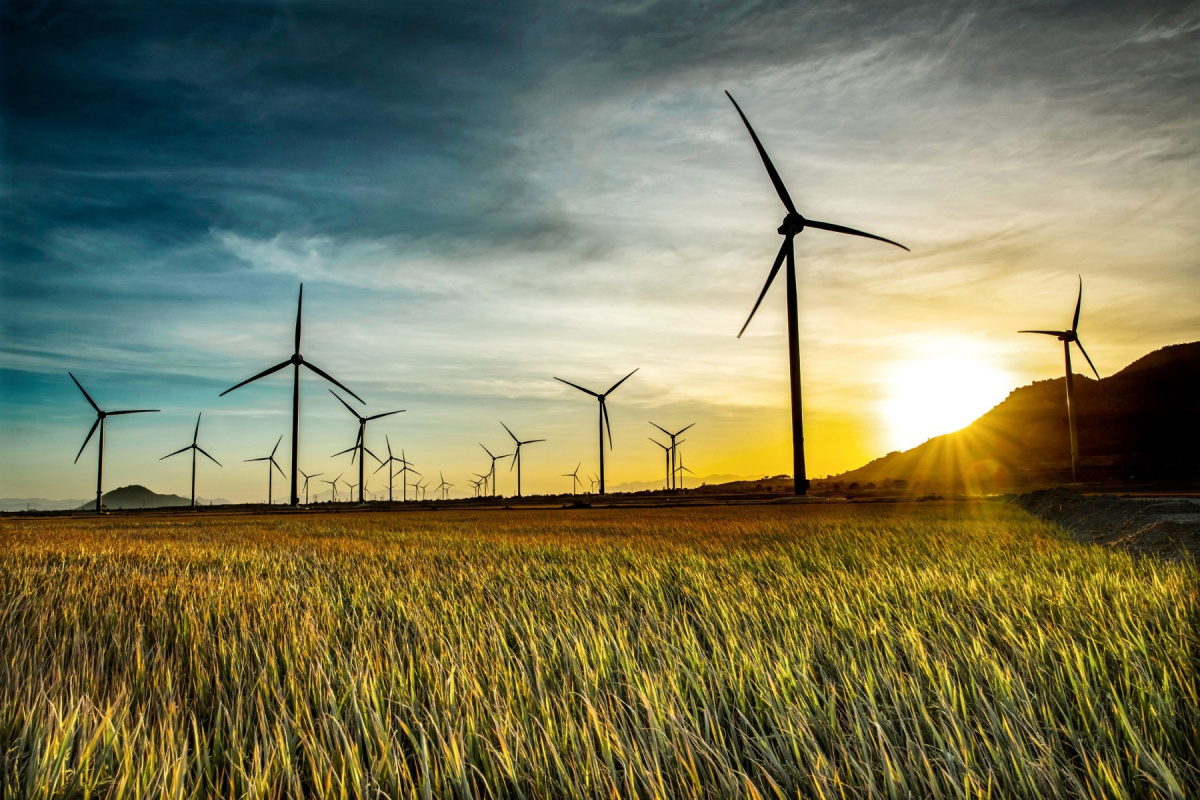Mekong water and power: Some recent trends
Perhaps more than in any other transboundary river basin, in the Mekong, energy, water, and fisheries, and biodiversity are inextricably linked, with energy and specifically hydropower being by far the dominant sector. Major decisions on the Mekong are driven almost exclusively by energy considerations.

Photo: 2011 flood in Dong Thap Province, Mekong Delta © Le Anh Tuan/CTU
What this means in practice is that appeals to international water law (e.g., through the UNWC) have had little impact outside of Vietnam. Vietnam is the only country in the region to have ratified the UNWC and China, which is so influential in Cambodia and Lao PDR, was one of only three countries to vote against the UNWC in 1997. Moreover, Vietnam only started referring to international water law once its own hydropower buildout was complete.
Similarly, cost-benefit studies showing that mainstream dams would impose significant net costs on the region, primarily from the loss of fisheries, have had no traction in Lao PDR where senior government officials, in private at least, express skepticism about the results of the 2016 MRC Council Study, the definitive analysis of the impacts of mainstream hydropower.
Because of the weakness of the 1995 Mekong Agreement, the MRC is constitutionally unable to fulfill its role as an RBO in the normal sense of the term, i.e., a body with the legal authority to optimize water resources development across the river basin. Rather it plays a purely technical role, generating valuable data and information (such as the Council Study) but without the executive power to implement its own findings and recommendations.
For these reasons, we increasingly use arguments based on the revolution in renewable energy technology and shifting patterns in energy supply and demand to influence the region’s governments. These arguments recognize the imperative of energy security but propose new, less risky approaches. We have developed these arguments in collaboration with the Stimson Center, which was the first organization to publically question the economic viability of many dams planned for the Mekong.
IUCN and Stimson have developed a theory of change (see diagram) showing how the collapse in prices for solar and wind, Thailand’s new focus on energy generation from domestic renewables, and the possibility of Vietnam leveraging its role as the new major export market for Lao hydropower could reduce the need for hydropower in the Mekong. Regionally, hydropower should remain very important but as part of a more diversified and resilient energy mix.
 Photo: A diagram on theory of change © IUCN Viet Nam
Photo: A diagram on theory of change © IUCN Viet Nam
There is growing body of evidence that this TOC is valid, e.g., the suspension of PPA for Pak Beng in March 2018, the rapid expansion of solar in Thailand and to a lesser extent Vietnam, growing public resistance to coal buildout in Vietnam. Even the Xe Pian-Xe Nam Noy dam collapse in July 2018 and current power cuts in Cambodia as reservoirs run dry reflect growing risks with hydropower as longer droughts and high intensity rainfall events become the norm.
We have shared our thinking with government agencies in Cambodia, Lao PDR, and Vietnam. The results have been mixed. Lao PDR is reluctant to recognize how changes in supply and demand call into question its goal of becoming the Battery of Asia. We welcome this goal and have advocated that Lao PDR aspires to become the “green” Battery of Asia. But there is a strong constituency in favor of hydropower irrespective of the economics (power projects contributed just 4% of government revenues in 2016), let alone its social and environmental impacts.
In Cambodia, the government is conflicted. It is attracted to hydropower as the silver bullet solution to energy security in a country that imports 20% of its electricity. But given Cambodia’s dependence on fish for protein intake, the government is equally aware of the potentially impacts of dams on fisheries and national food security. The Lower Sesan 2 dam alone, which blocked off the Srepok and Sesan and was inaugurated in December 2018, is expected to reduce fish catch by 9%.
In Vietnam, the most downstream and vulnerable country, there is an understanding of how these changes open a window of opportunity to influence power development in ways that meet the needs of all three countries. But there is no leadership within government let along regionally. Government officials tend to see these issues as just another “project”. Vested interests still favor further expansion of coal and minimizing hydropower imports from Lao PDR.
But in June 2018, the Communist Party of Vietnam designated the Mekong Delta a matter of national security, which has triggered the involvement of the Ministry of Public Security. Since our arguments are about security, environmental, social, and ultimately political, we expect strong interest from MPS, which could serve as a channel to the highest levels of decision making in Vietnam.
Finally, in our discussions with governments, we emphasize the need to broaden the regional dialogue over water to include other sectors. Discussions over water resources tend to be zero-sum: one country’s gain means another’s loss. But if the dialogue is expanded to include timber, wildlife, and fisheries the scope for reciprocity and mutual benefit grows. For example, Vietnam needs the cooperation of Cambodia and Lao PDR on water, but Cambodia and Lao PDR need Vietnam’s cooperation on controlling the illegal wildlife trade.



